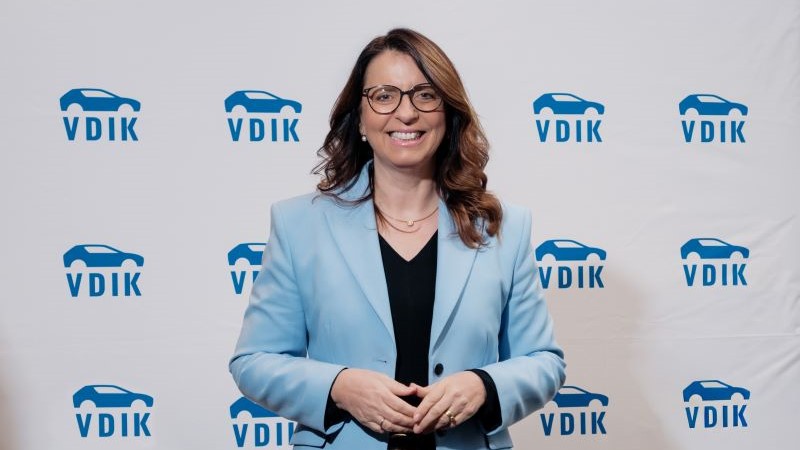The German passenger car market slumped by 10 percent in 2021 compared with the previous year. The Federal Motor Transport Authority registered a good 2.62 million new registrations. The year ended with a particularly sharp decline. In December, only 227,600 new passenger cars were registered. That is a drop of 27 percent compared with the same month of the previous year. In 2021, 1.05 million passenger cars from international brands were newly registered in Germany. As in the previous year, the market share of the VDIK members was a good 40 percent.
Reinhard Zirpel, President of the Association of International Motor Vehicle Manufacturers, stated: “The passenger car market surprised everyone last year, unfortunately not in a positive way. Instead of a recovery after the slump in the Corona crisis, new registrations fell further. Compared to pre-crisis 2019, we’re down a million new registrations overall.”
The global shortage of semiconductor products hit the automotive industry with unexpected force, leading to an involuntary decline in automotive production. Zirpel continued, “The auto market was running with the handbrake on in 2021. Customers wanted to step on the gas and buy more cars. But manufacturers could only partially deliver because of production bottlenecks.”
Alternative drives on the rise
Alternative drive systems, on the other hand, performed well in 2021. There were 356,000 new registrations of passenger cars with battery-electric drive systems (up 83 percent). In addition, 325,400 new plug-in hybrids (up 62 percent) hit the roads. Thus, more than 681,000 electric vehicles were newly registered, only slightly less than the 700,000 forecast by the VDIK.
In December, more than one in three new passenger cars even had an electric drive, with the share rising to 36 percent. A total of 81,300 electric vehicles were newly registered (minus 2 percent).
The market for diesel passenger cars declined by 36 percent in 2021. A total of just under 524,500 units were newly registered. The share of passenger cars with diesel engines thus fell to 20 percent (previous year: 28 percent).
The private market fell to just under 907,000 vehicles, dropping below the one million mark for the first time. With a drop of 16 percent, private purchases fell much more sharply than commercial ones (down 6.5 percent).
Commercial vehicle market remains stable
The commercial vehicle market held its ground in 2021, with just over 351,000 registrations, just above the previous year’s level. As in the passenger car market, the significant growth in the first half of the year (plus 22 percent) was followed by a sharp slump in commercial vehicles from July onwards (minus 19 percent).
New registrations of light commercial vehicles up to 3.5 tons fell by 1 percent to almost 266,000 units. Heavy commercial vehicles, on the other hand, increased by 10 percent. Over 55,000 new registrations were recorded here.
| December | January – December | ||||
|---|---|---|---|---|---|
| +/- (%) | Share of total car market (%) |
+/- (%) | |||
| Passenger car | 227,600 | -27 | 100 | 2,622,100 | -10 |
| – VDIK-brands | 93,300 | -25 | 41 | 1,054,700 | -10 |
| – german brands | 124,500 | -31 | 55 | 1,503,800 | -12 |
| – other brands | 9,900 | 95 | 4 | 63,600 | 87 |
| Electric vehicles (total) | 81,300 | -2 | 36 | 681,400 | 73 |
| – purely battery-powered | 48,500 | 11 | 356,000 | 83 | |
| – plug-in-hybrids | 32,800 | -16 | 325,400 | 62 | |
| Commercial vehicle | 29.100 | -7 | 351,200 | 1 | |
Source: KBA, VDIK





